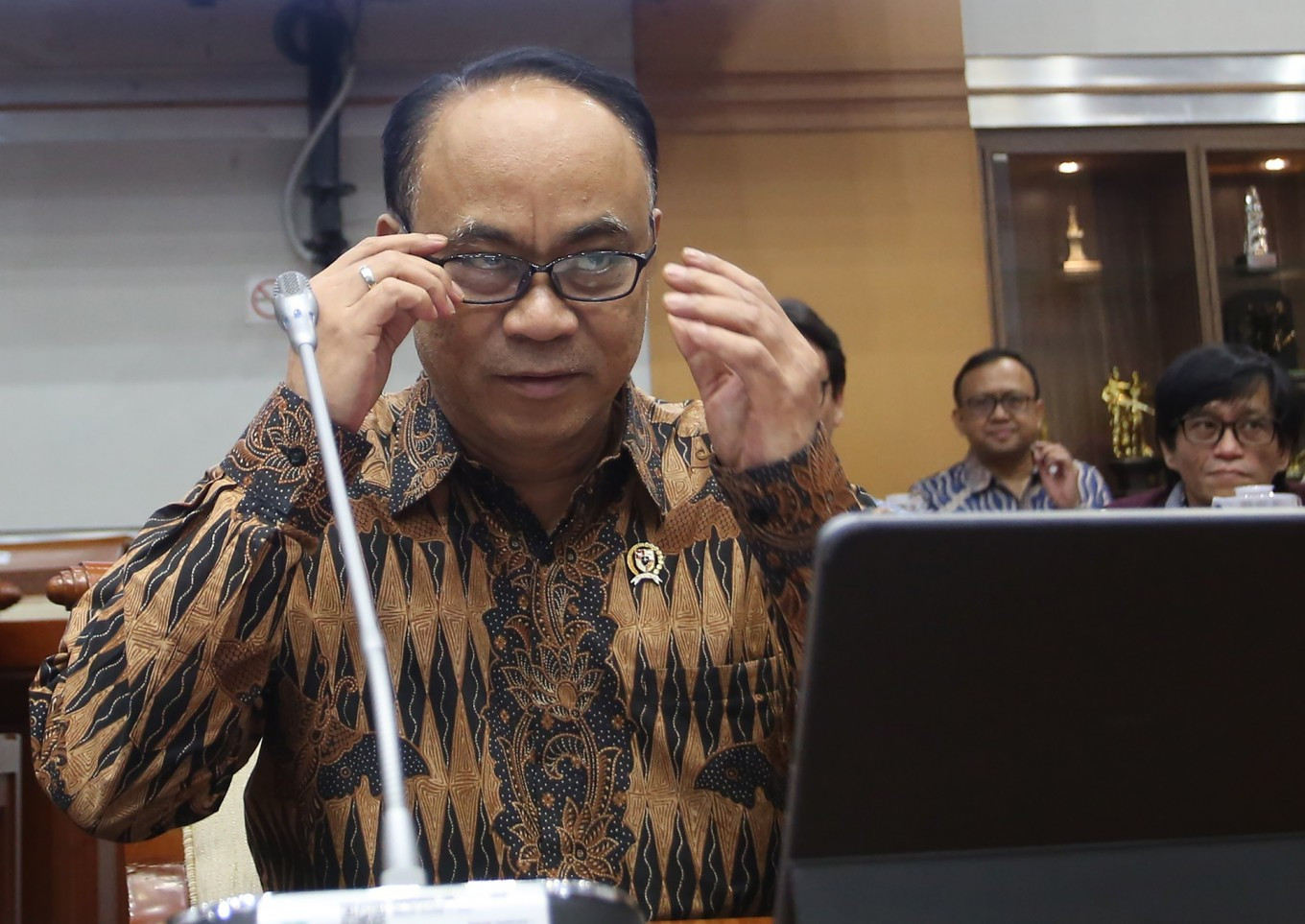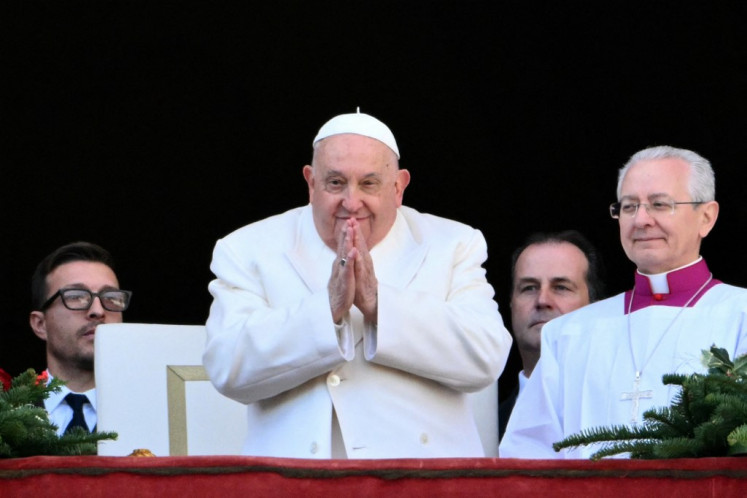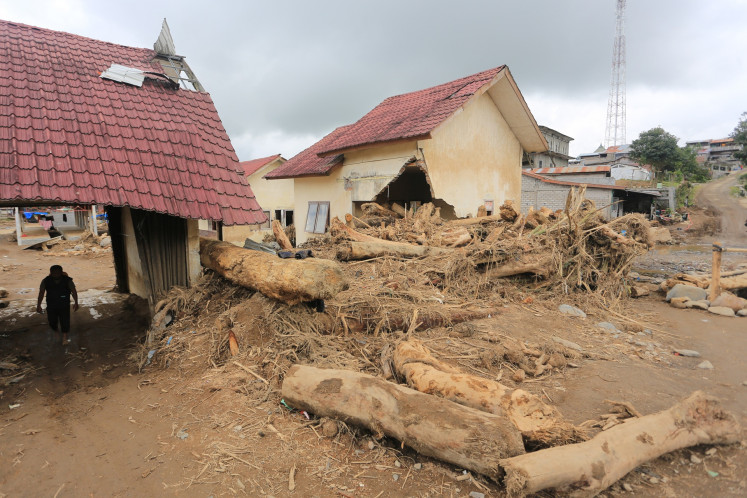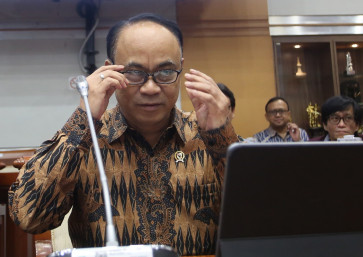Popular Reads
Top Results
Can't find what you're looking for?
View all search resultsPopular Reads
Top Results
Can't find what you're looking for?
View all search resultsAnalysis: Unclear financial framework of Red and White Village Cooperatives
Change text size
Gift Premium Articles
to Anyone
P
resident Prabowo Subianto has tasked Finance Minister Sri Mulyani Indrawati with leading the financing strategy for the ambitious Red and White Village Cooperative program, which now targets the creation of 80,000 cooperatives across Indonesia. The initiative carries an estimated cost of Rp 400 trillion (US$23.8 billion) and is expected to draw from a mix of public funding sources, including the state budget (APBN), regional budgets (APBD) and village funds (APBDes), even as its core concept and financial framework remain unclear.
The plan was formalized under Presidential Instruction No. 9/2025, signed on Mar. 27, which tasks Sri Mulyani with designing a viable funding mechanism. At Rp 5 billion per unit, the 80,000 proposed cooperatives represent a massive fiscal undertaking for a program that has yet to outline clear operational and governance details.
The Red and White Village Cooperatives are intended to serve as the backbone for President Prabowo’s flagship free nutritious meal program. According to the Presidential Instruction, the cooperatives will function as official suppliers for the free meals initiative. Implementation will involve coordination among various ministries, including the Cooperatives Ministry, Finance Ministry, Villages and Regional Development Ministry, Agriculture Ministry, Maritime Affairs and Fisheries Ministry, Social Affairs Ministry, State-Owned Enterprises (SOEs) Ministry and the Health Ministry.
Despite the launch of a dedicated task force and a government target to legally establish the first cooperatives by June 2025, fundamental questions remain about how the program will be structured, funded and sustained. The instruction emphasizes the need for a financing strategy that aligns with Indonesia’s fiscal capacity and legal framework, with the 2025 state budget set as a starting point.
Additional support is expected from village-level funds and the Himbara group of state-owned banks. To accelerate the rollout, the government plans to mobilize funding from a blend of APBN, APBD, and APBDes sources.
Cooperatives Minister Budi Arie Setiadi has set a firm deadline for legal establishment by the end of June 2025. The ministry is still evaluating whether to build entirely new cooperatives or revitalize existing ones. Data shows that while 32,000 villages already have cooperatives, 52,000 do not, and an additional 34,000 farmer groups (gapoktan) operate across the country. To support the program, Budi plans to train and assign 240,000 individuals as cooperative supervisors. To fund this effort, the Cooperatives Ministry has requested an additional Rp 1.2 trillion budget specifically for training internal supervisors of the Red and White Village Cooperatives.
With a target of 80,000 cooperatives, the program anticipates needing approximately 400,000 board members, based on a minimum of five per cooperative. The estimated number of cooperative managers across all regions is projected to reach 1.2 million. Between 2017 and 2023, the number of cooperatives in Indonesia declined from 152,174 to 130,000, while membership rose steadily from 18.23 million to nearly 29 million. Suggesting a trend toward consolidation, with fewer cooperatives serving more members.



















